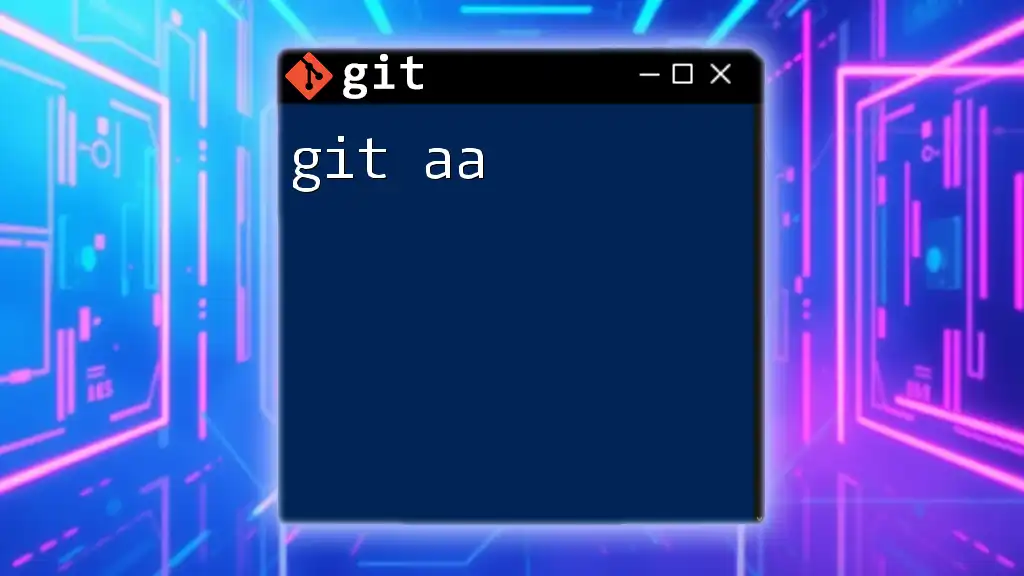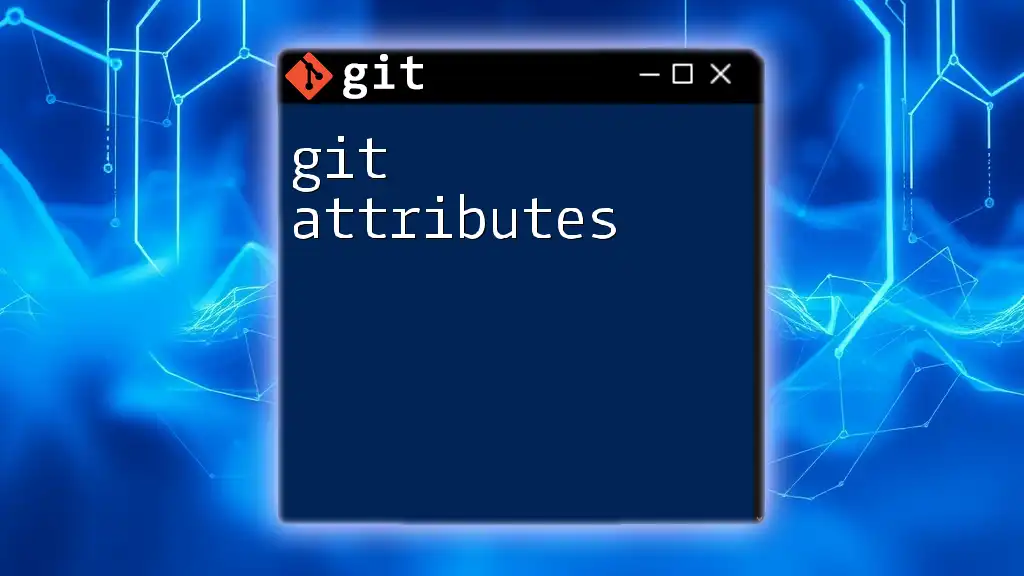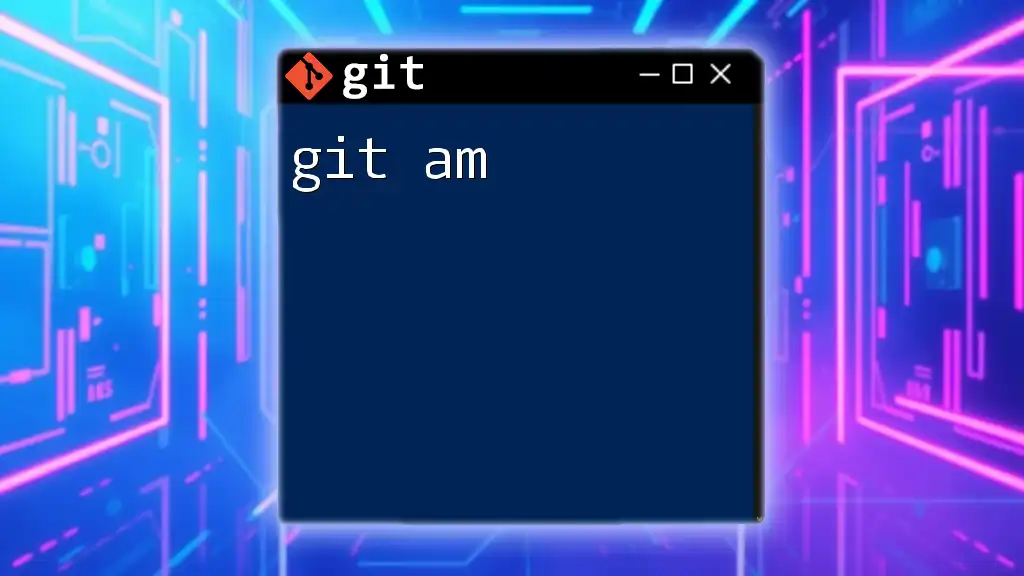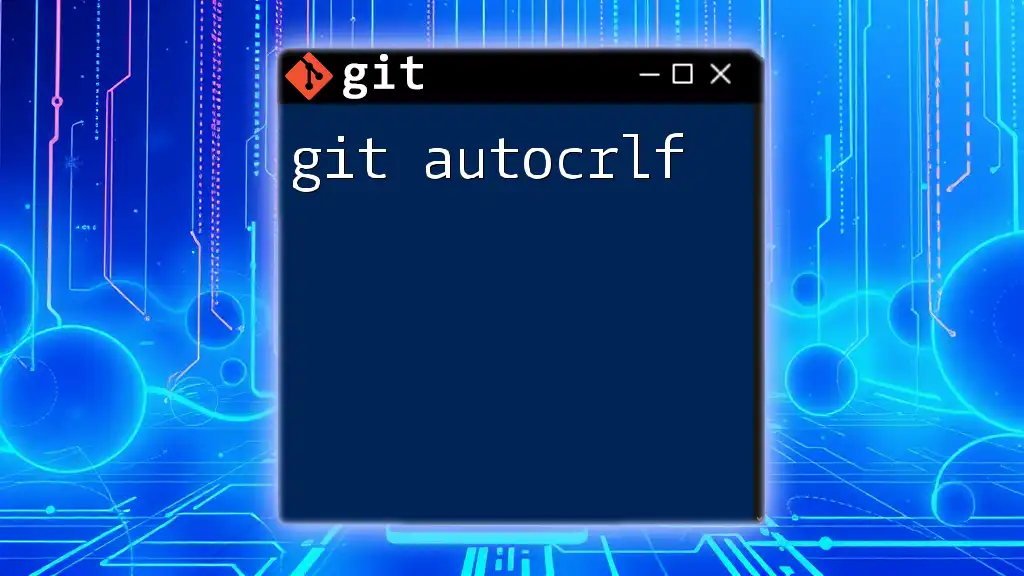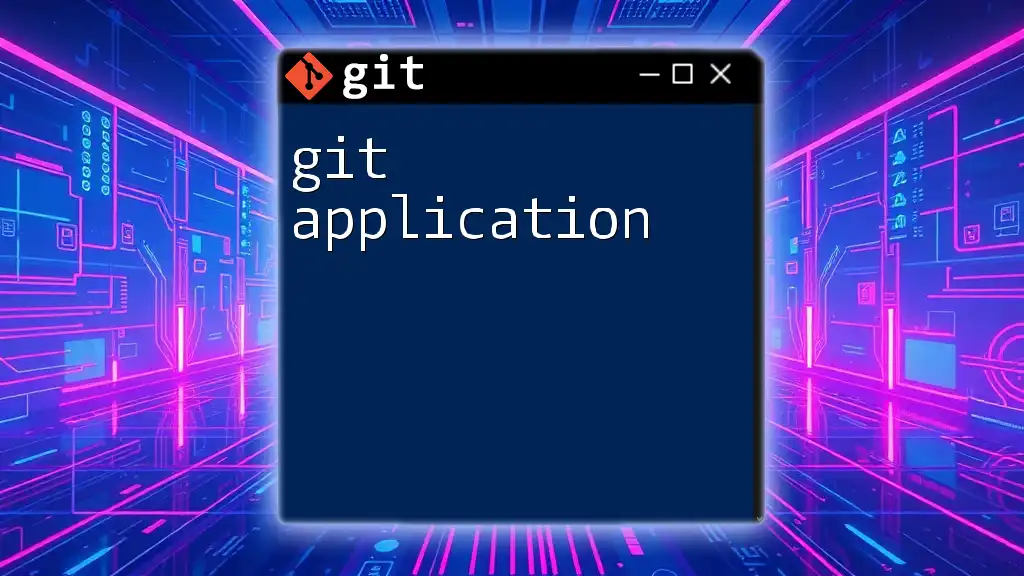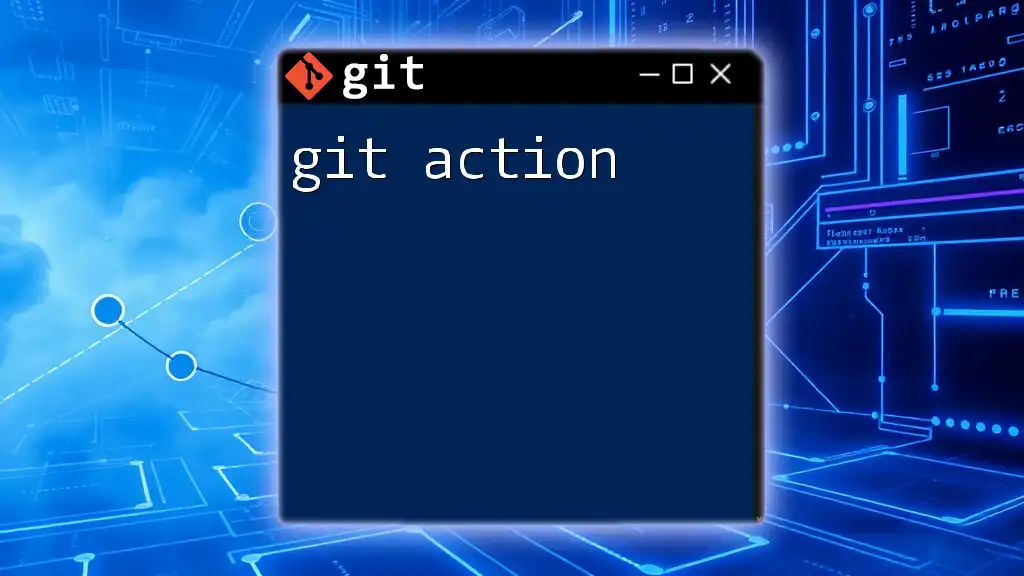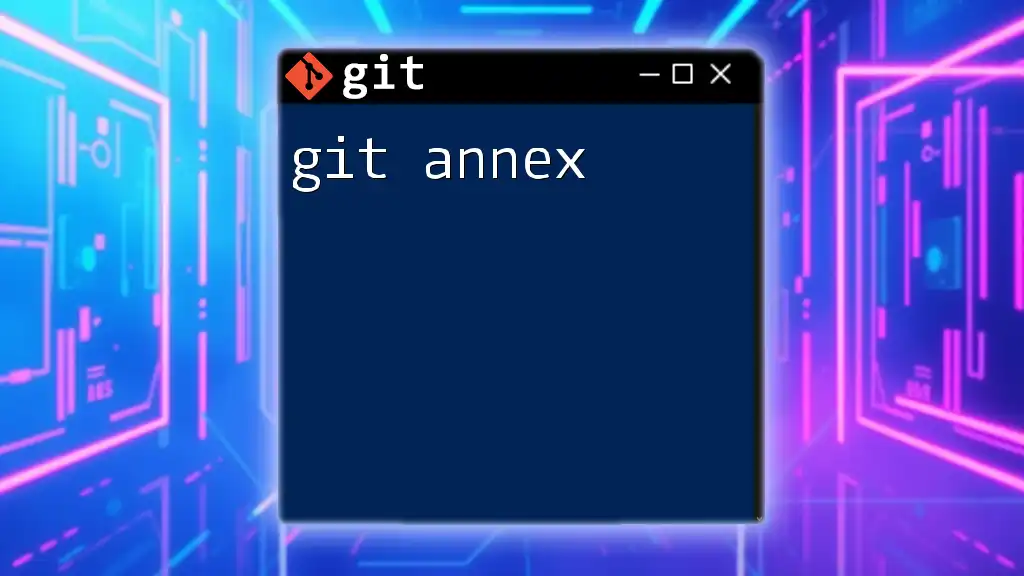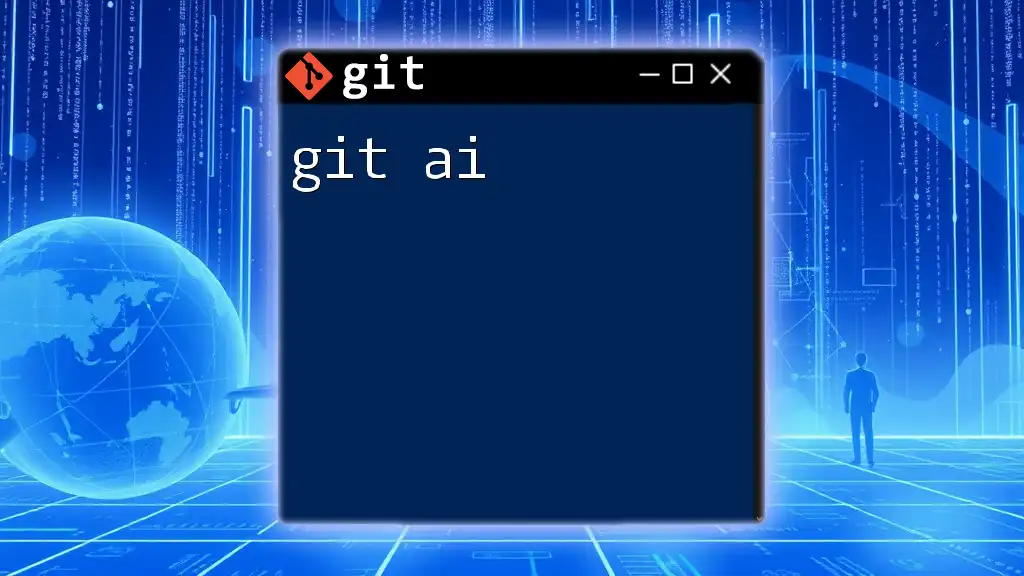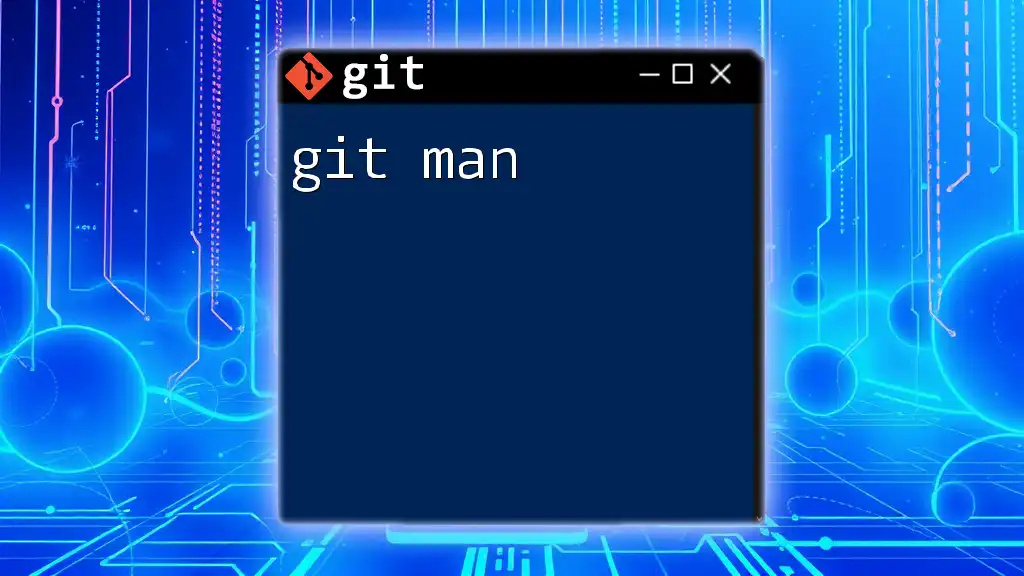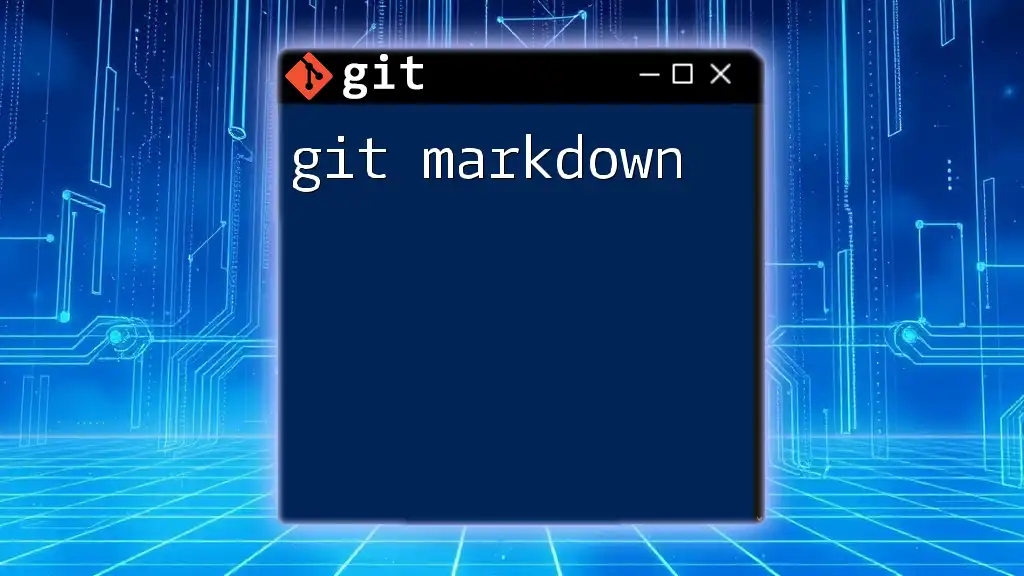The command `git aa` is a shorthand for `git add .` followed by `git commit -m "message"`, allowing you to quickly stage and commit changes in a single step.
Here's how you can use it:
git aa "Your commit message here"
What is Git AA?
The term `git aa` is often used to create a shorthand command that combines two fundamental Git operations: staging changes and committing them. When we create an alias for `git aa`, we are essentially binding the commands `git add -A` and `git commit -m` to a single, streamlined operation. This can significantly enhance productivity and keep workflows smooth and efficient, especially during the development process.
Understanding Git Aliases
What are Git Aliases?
Git aliases allow users to create shortcuts for commonly used commands. This is particularly useful for developers looking to customize their Git experience and improve productivity. By configuring aliases, you can reduce the complexity of command usage and save time while working in a terminal.
How to Create Aliases
Creating a Git alias is straightforward. You can set an alias using the following command structure:
git config --global alias.aa '!git add -A && git commit -m'
Here’s what each part does:
- `git config`: This is the command used to configure Git settings.
- `--global`: This applies the alias for all repositories on your machine.
- `alias.aa`: This part defines the alias name (`aa`).
- `!git add -A && git commit -m`: This is the command that runs when you invoke your alias.
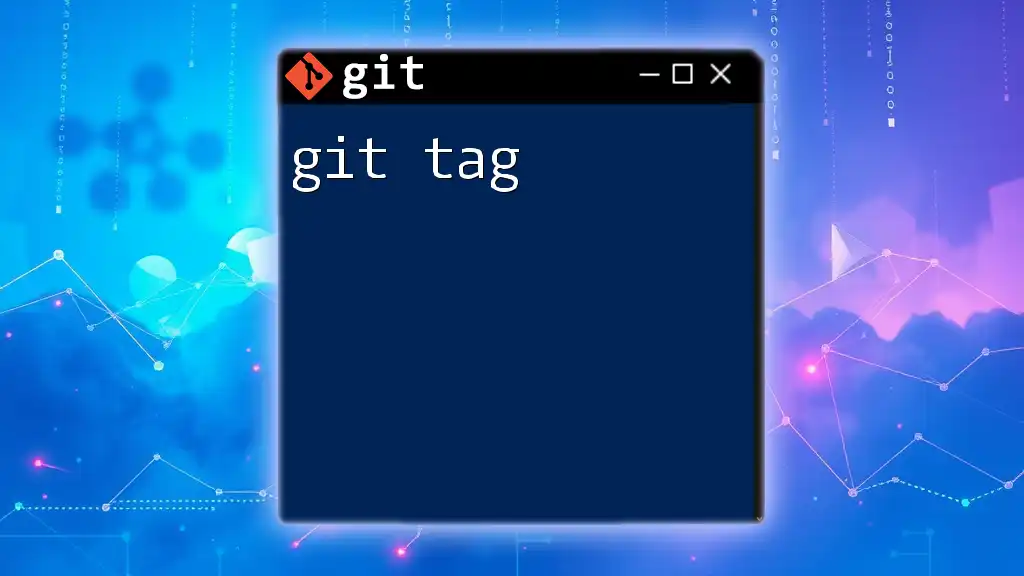
Breakdown of the Git AA Command
Components of the Command
The command bound to the alias, `!git add -A && git commit -m`, consists of two parts:
- `git add -A`: This command stages all changes in your repository, including new files, modified files, and deleted files. Using `-A` is preferable because it ensures that everything is included in your next commit.
- `git commit -m`: This commits the staged changes to your local repository. The `-m` flag requires you to include a message summarizing the changes made. This is crucial for tracking project history.
Practical Example of `git aa`
To illustrate how effective `git aa` can be, consider the following scenario:
-
You have modified several files in your repository: `file1.py`, `file2.py`, and `README.md`.
-
Instead of staging each one individually and then committing, you can use the custom command:
git aa "Implemented new features and fixed bugs"
This single command stages all your changes and commits them with a concise, meaningful message. The clarity behind commit messages cannot be overstated; they serve as the backbone for understanding project history.
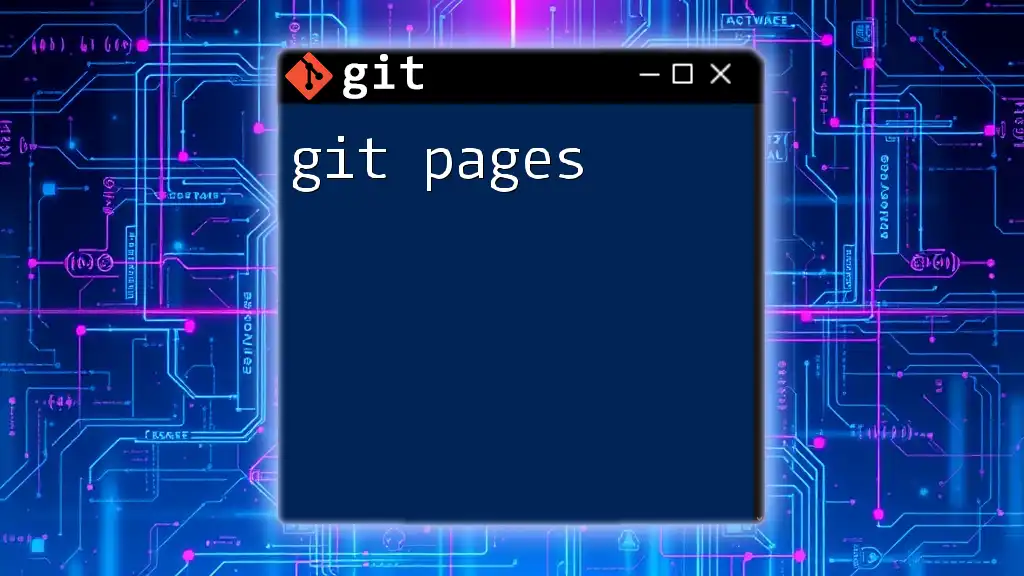
Advantages of Using Git AA
Efficiency in Workflow
One of the most significant benefits of using `git aa` is the efficiency it brings to your workflow. Instead of executing two separate commands, you can accomplish the task with one simple alias. This shortens the time spent on repetitive actions and encourages frequent commits, which are essential for managing complex projects.
Consistency in Version Control
Using `git aa` helps maintain consistency in your version control process. Regular commits are crucial for tracking changes effectively. This practice assists not just you but also your teammates in understanding what changes were made and why. For instance, if you see several commits related to a specific feature, you can quickly gauge the progress without sifting through uncommitted changes.
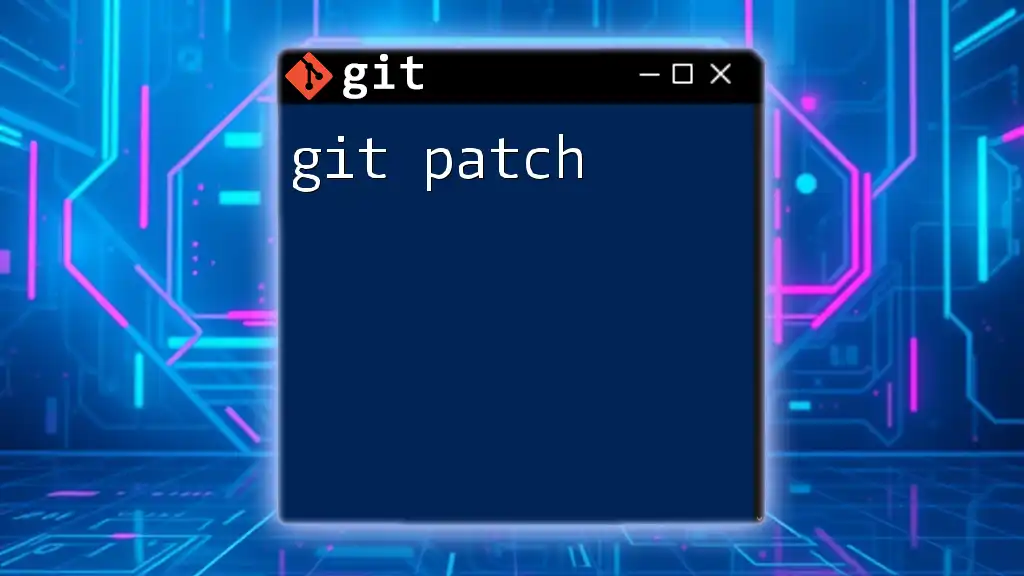
Best Practices for Using Git AA
Use Meaningful Commit Messages
When employing `git aa`, always ensure your commit messages are meaningful. They serve as a historical context for your commits. Instead of vague messages like "fixed stuff," opt for something more descriptive such as "fixed bug in user login functionality." This practice aids both individual developers and collaboration among teams.
Regularly Review Commits
To maintain a clean project history, regularly review your commits. You can use the following commands to do so:
git log --oneline
git show <commit_hash>
These commands help you view a concise list of your commit history and see the details of any specific commit. Reviewing ensures that you are not inadvertently committing unnecessary changes or bloating your commit history with irrelevant updates.
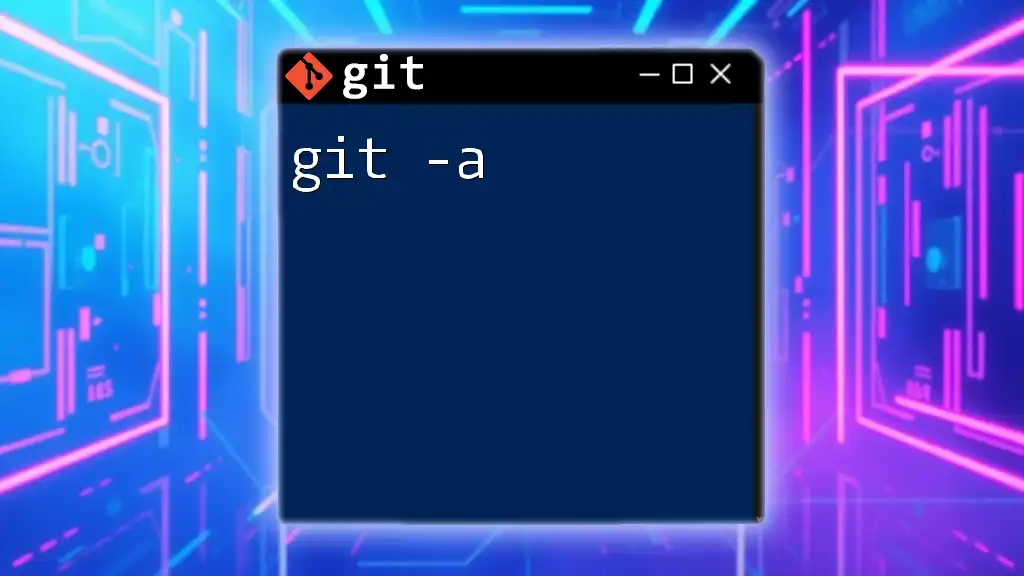
Common Pitfalls and How to Avoid Them
Potential Issues with `git aa`
While `git aa` accelerates the commit process, users must be careful of some common issues:
- Committing unnecessary files can clutter your repository and make it harder to track important changes.
- Overwriting commit messages in the middle of the process might lead to confusion during collaboration.
Solutions to Common Problems
Preventing these issues requires a few best practices. Before executing `git aa`, always run `git status` to review your working directory and make sure only intended changes are staged. This simple check can save countless hours and reduce future issues.

Advanced Tips and Tricks
Combining with Other Git Commands
You can further enhance your workflow by combining `git aa` with other Git commands. For instance, you can pull the latest changes before committing your updates:
git pull && git aa "Updated changes after pull"
This combination ensures that you are always working with the latest project code before making your updates.
Automating Workflow with Git Hooks
An advanced topic worth exploring is the use of Git hooks. Git hooks allow you to automate tasks in your workflow. For example, you could use a pre-commit hook to run tests before allowing commits to proceed. This not only safeguards your code quality but also complements the efficiency `git aa` brings to your routine.
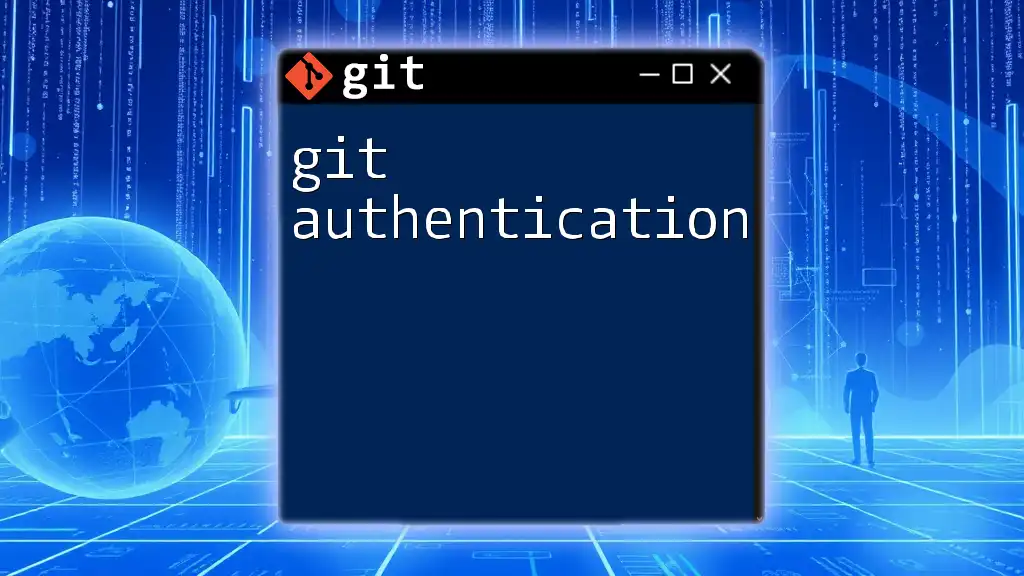
Conclusion
In summary, mastering `git aa` opens the door to a more efficient and organized workflow. By combining the staging and committing process into one command, you are heading towards better version control habits. Practicing meaningful commit messaging, regularly reviewing your history, and incorporating advanced tactics will elevate your Git skills. Embrace `git aa` and see how it can enhance your collaboration and project management practices!
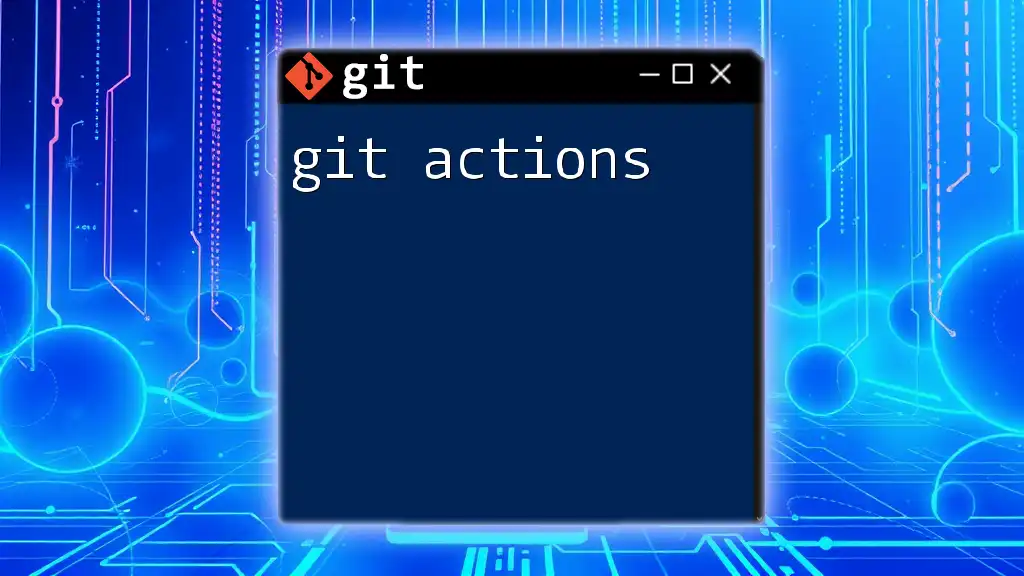
Additional Resources
- For further learning, check out the [official Git documentation](https://git-scm.com/doc).
- Consider enrolling in online tutorials and courses focused on Git to sharpen your skills and gain deeper insights into version control best practices.

